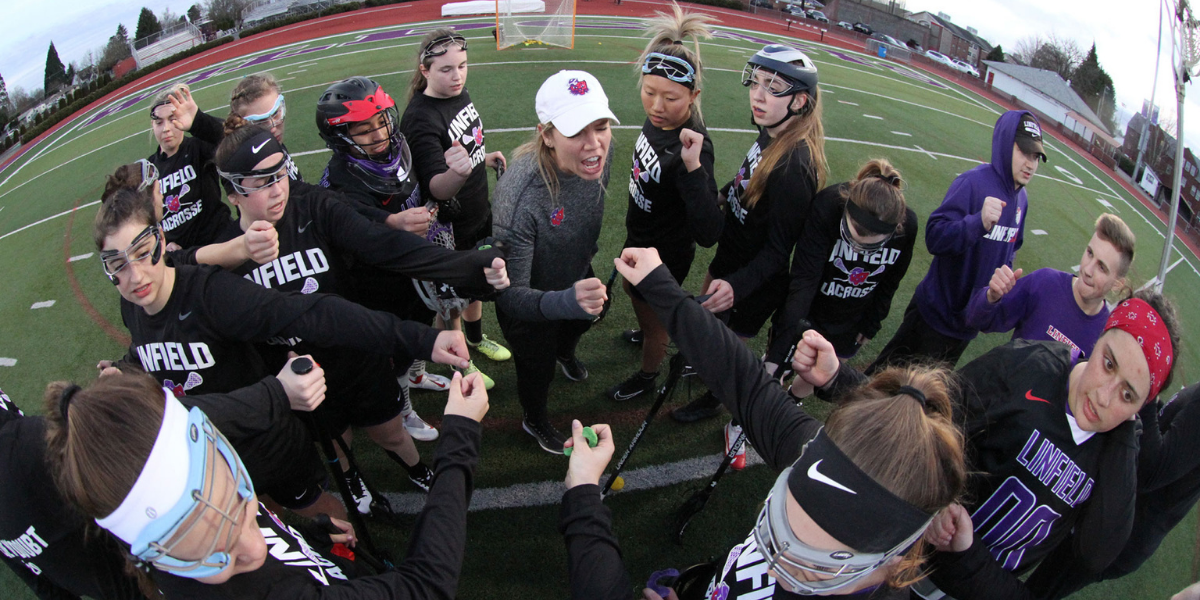How can coaches influence players and motivate athletes?

It may be one of the most common questions coaches strive to answer.
I’ll explore this topic using 5 simple steps. But first …..
What is motivation? A quick Google search might tell you that it’s, ‘the reason one has for acting or behaving in a particular way.’ Other terms that come to mind may be inspiration, ambition, or determination.
I did a quick survey of athletes in my own community, asking them how they’ve been influenced or motivated by coaches and mentors. Here are a few responses I received:
Athlete 1: I had an assistant coach in high school who was the Pastor at my church and the dad of another player, but someone I didn’t know all that well. He made a big difference for me during my very first practice freshman year of high school. We were doing full field sprints, just down and back, nothing else to it. It was my first time doing full field sprints, and I was really struggling to make it and felt like I needed my inhaler. Next thing I know, he’s running alongside me, holding my inhaler. He finished my sprints with me, no words said, no pity, no nothing. He simply knew I needed support, and he provided it.
Athlete 2: In one of our individual meetings, my coach told me that she admired that I never quit even when it took me way longer than everyone else. I always finish. Now, when I feel like I can’t finish, I remember how many times I’ve finished before when it was hard. Basically, when coaches see things and intentionally point them out, they influence you to stay positive, or even to just keep going.
Athlete 3: One of my middle school coaches used to bribe us with those sugar cookies with the frosting, which I think works really well on young athletes.
Athlete 4: I think the pregame speech holds a lot of weight for me as I’ve gotten older. If my coach is hyped up before the game, then I feel like the hype carries over to me and my teammates.
What phrases come to mind when you’re trying to motivate an individual or a team in the moment?
These are some of mine:
Dig deep! You’re strong!
I believe you can do this!
I want you to aim ‘here’ or move ‘here’ next time you’re on the field.
What else can you give to the team?
Leave it all on the field!
These phrases that we throw out to our team on game day are simple, quick, in-the-moment reminders of motivation. Motivation is something built over time. We may find motivation from someone or something else, but ultimately, it’s your own body and mind that discover the will to move forward.
It’s rare that we are instantaneously motivated to do something. There’s usually a predetermined factor that moves us to take action. A coach or mentor may say something or give an example that resonates with you, which sparks that motivation.
This brings us back to the question at hand.
How can coaches motivate athletes?
I find that the simplest answer to this, is reminding athletes of their why. What do they want, and why do they want to achieve it?
If coaches can help athletes answer their why, and better understand their reason for showing up to practice every day, then we can discover their innate motivation. I believe coaches are a vehicle for bringing the puzzle pieces together to show athletes their purpose, which creates motivation. To build off Eleanor Roosevelt who stated that, 'no one can make you feel inferior without your consent,' I apply this to motivation in that, ‘no one can motivate you without your consent.’
Here’s a quick recap from Psych 101. You may be familiar with motivational theories from psychologists such as B.F. Skinner and Abraham Maslow (Maslow’s Hierarchy of Needs). In short, Skinner delineates behavior and consequence focusing on positive reinforcement, positive punishment, negative reinforcement, and negative punishment (more on that HERE) better known as Extrinsic motivation. While Maslow is known for his Intrinsic motivational theory (more on that HERE).
Imagine a time when you were struggling to overcome an obstacle. It may have been physically difficult, mentally difficult, or overwhelming both mentally and physically. Why did you lack motivation? Was it fear of failure? Lack of preparation? Perhaps lack of confidence? Lack of reward? Lack of basic needs?
What helped you become motivated? Was it an extrinsic reward such as money? Was there a self-fulfillment need (a personal accomplishment)? Or, were you motivated by a basic need like food or water?
As you realize that you may have a preference or need for motivation, it’s important to realize that each athlete has a different need as well. Here’s my process for motivating athletes:
5 steps for coaches to motivate athletes:
Step 1: Identify what the athlete wants
Step 2: Identify why the athlete wants what they want
Step 3: Develop an action plan to achieve their wants (or goals)
Step 4: Utilize tools and resources such as speakers, books, stories, quotes, reflection and/or visualizations to remind, re-establish and encourage them to pursue their intention.
Step 5: On game-day, remind athletes of their why
See how Coach Kibler kept her team motivated throughout the COVID pandemic.








